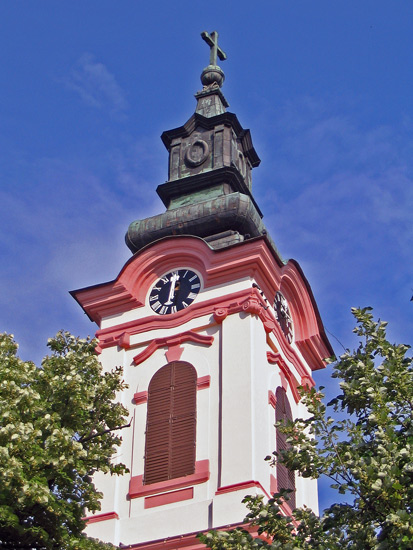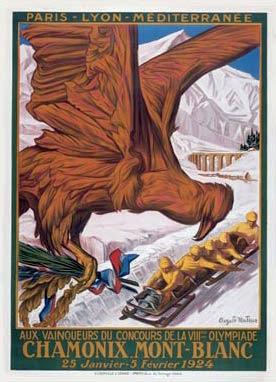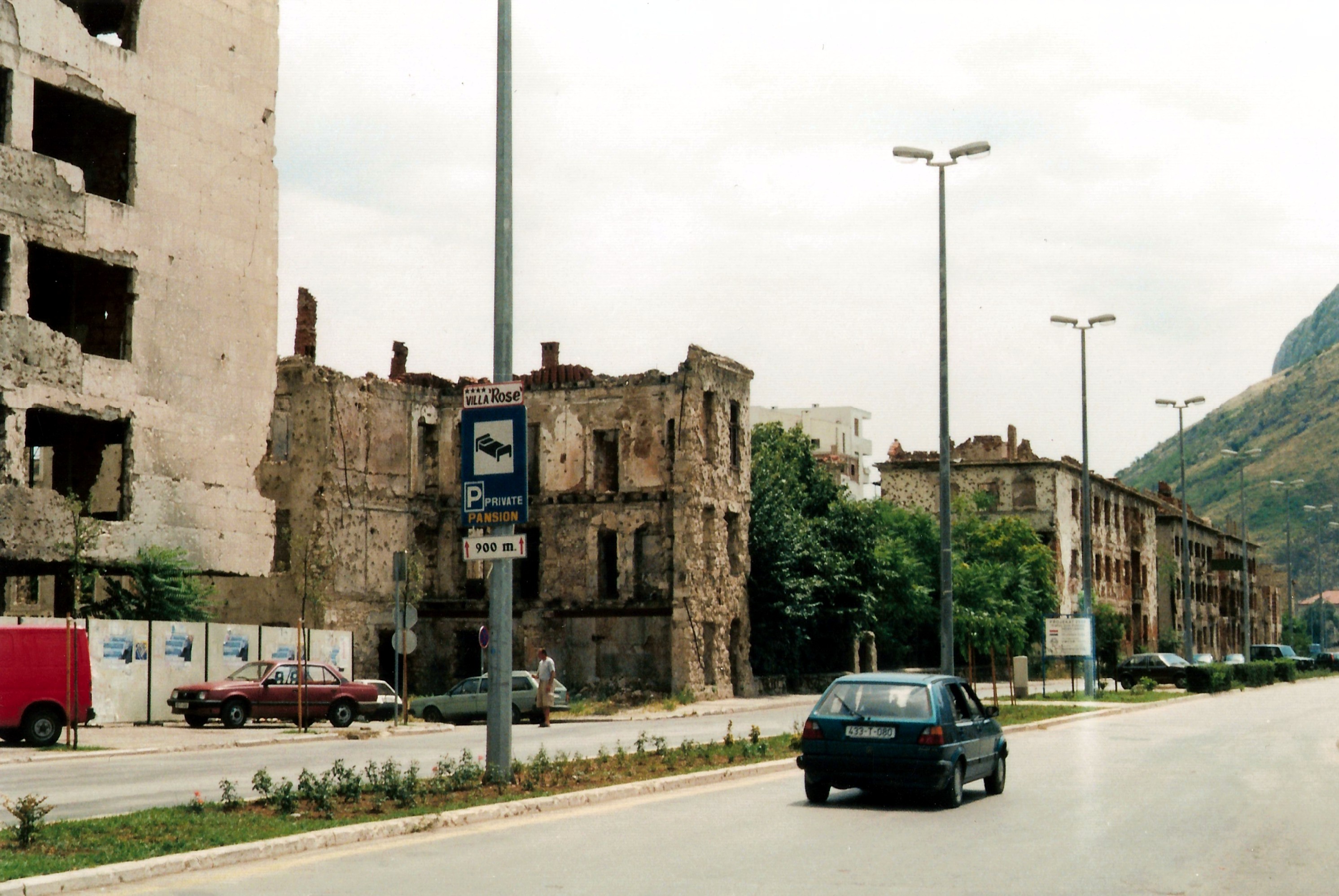|
Milka Grgurova-Aleksić
Milka Grgurova-Aleksić (Sombor, Austrian Empire, 14 February 1840 — Belgrade, Kingdom of Yugoslavia, 25 March 1924) was a Serbian stage actress who starred in some of the most popular Serbian plays of the second half of the nineteenth and early twentieth centuries, including the role of ''Ljubica'' in ''Mejrima'' by Matija Ban, ''Posmrtna slava kneza Mihaila'' by Djordje Maletić, Jaquinta of Bari, Jaquinta, the wife of Constantine Bodin, in the drama by the same name by Dragutin Ilić, and many more. She also starred in some of the most popular Serbian adaptations of plays by foreign playwrights, notably Shakespeare's ''Romeo and Juliet''. Her contemporaries were actors Miloš Cvetić and Pera Dobrinović. She was also a short story writer. Her literary career started as a translator. In order to improve the repertoire of the National Theatre in Belgrade, Grgurova translated from French plays, including a book of stories by Edmond About. Grgurova kept a correspondence with ma ... [...More Info...] [...Related Items...] OR: [Wikipedia] [Google] [Baidu] |
Sombor
Sombor ( sr-Cyrl, Сомбор, ; ; ) is a List of cities in Serbia, city and the administrative center of the West Bačka District in the autonomous province of Vojvodina, Serbia. The city has a total population of 41,814 (), while its administrative area (including neighboring villages) has 70,818 inhabitants. Name and etymology In Serbian language, Serbian, the city is known as ''Sombor'' (Сомбор), in Hungarian language, Hungarian as ''Zombor'', in Pannonian Rusyn language, Rusyn as ''Zombor'' (Зомбор). The older Hungarian name for the city was ''Czoborszentmihály''. The name originates from the Czobor family, who were the owners of this area in the 14th century. (The family name came from the Slavic name ''Cibor''.) The Serbian language, Serbian name for the city ''(Sombor)'' also came from the family name Czobor, and was first recorded in 1543, although the city was mentioned in historical documents under several more names, such as ''Samobor, Sambor, Sambir, ... [...More Info...] [...Related Items...] OR: [Wikipedia] [Google] [Baidu] |
Savka Subotić
Savka Subotić ( sr-Cyrl, Савка Суботић; 11 October 1834 – 1918) was a Serbian political activist, philanthropist, and one of the first leading feminists in Vojvodina. She organized the Serbian suffrage movement which helped women win the right to vote. Subotić served as the first president of the ''Kolo Srpskih Sestara'', ( Circle of Serbian Sisters). Life She was born on 11 October 1834 in Novi Sad, at the time in the Austrian Empire. She was born into a wealthy and respectable family, of mixed Serb-Greek origin, to father, Jovan Polit, and mother, Julijana Desančić. family was of Serb-Greek origin. Her brother was Mihailo Polit-Desančić. At the age of four, she was sent to a private girls' school for primary education. At that time in Europe, primary education was not as compulsory for female as for male children. A large home library also made a great contribution to her education. From 1846 to 1848, she was educated in Timișoara. With the outbreak ... [...More Info...] [...Related Items...] OR: [Wikipedia] [Google] [Baidu] |
19th-century Serbian Actors
The 19th century began on 1 January 1801 (represented by the Roman numerals MDCCCI), and ended on 31 December 1900 (MCM). It was the 9th century of the 2nd millennium. It was characterized by vast social upheaval. Slavery was Abolitionism, abolished in much of Europe and the Americas. The First Industrial Revolution, though it began in the late 18th century, expanded beyond its British homeland for the first time during the 19th century, particularly remaking the economies and societies of the Low Countries, France, the Rhineland, Northern Italy, and the Northeastern United States. A few decades later, the Second Industrial Revolution led to ever more massive urbanization and much higher levels of productivity, profit, and prosperity, a pattern that continued into the 20th century. The Catholic Church, in response to the growing influence and power of modernism, secularism and materialism, formed the First Vatican Council in the late 19th century to deal with such problems an ... [...More Info...] [...Related Items...] OR: [Wikipedia] [Google] [Baidu] |
Serbian Actresses
Serbian may refer to: * Pertaining to Serbia in Southeast Europe; in particular **Serbs, a South Slavic ethnic group native to the Balkans ** Serbian language ** Serbian culture **Demographics of Serbia, includes other ethnic groups within the country *Pertaining to other places **Serbia (other) **Sorbia (other) *Gabe Serbian (1977–2022), American musician See also * * * Sorbs * Old Serbian (other) Old Serbian may refer to: * someone or something related to the Old Serbia, a historical region * Old Serbian language, a general term for the pre-modern variants of Serbian language, including: ** the Serbian recension of Old Church Slavonic la ... {{Disambiguation Language and nationality disambiguation pages ... [...More Info...] [...Related Items...] OR: [Wikipedia] [Google] [Baidu] |
1924 Deaths
Events January * January 12 – Gopinath Saha shoots Ernest Day, whom he has mistaken for Sir Charles Tegart, the police commissioner of Calcutta, and is arrested soon after. * January 20–January 30, 30 – Kuomintang in China holds its 1st National Congress of the Kuomintang, first National Congress, initiating a policy of alliance with the Soviet Union and the Chinese Communist Party. * January 21 – Alexander Cambridge, 1st Earl of Athlone, The Earl of Athlone is appointed Governor-General of the Union of South Africa, and High Commissioner for Southern Africa.Archontology.org: A Guide for Study of Historical Offices: South Africa: Governors-General: 1910-1961 (Accessed on 14 April 2017) * January 22 – R ... [...More Info...] [...Related Items...] OR: [Wikipedia] [Google] [Baidu] |
1840 Births
Events January–March * January 3 – One of the predecessor papers of the ''Herald Sun'' of Melbourne, Australia, ''The Port Phillip Herald'', is founded. * January 10 – Uniform Penny Post is introduced in the United Kingdom. * January 13 – The steamship ''Lexington'' burns and sinks in icy waters, four miles off the coast of Long Island; 139 die, only four survive. * January 19 – Captain Charles Wilkes' United States Exploring Expedition sights what becomes known as Wilkes Land in the southeast quadrant of Antarctica, claiming it for the United States, and providing evidence that Antarctica is a complete continent. * January 21 – Jules Dumont d'Urville discovers Adélie Land in Antarctica, claiming it for France. * January 22 – British colonists reach New Zealand, officially founding the settlement of Wellington. * February – The Rhodes blood libel is made against the Jews of Rhodes. * February 5 – Damascus Affair: The murder of a Capuchin friar and ... [...More Info...] [...Related Items...] OR: [Wikipedia] [Google] [Baidu] |
Mostar
Mostar () is a city and the administrative centre of Herzegovina-Neretva Canton of the Federation of Bosnia and Herzegovina, an entity of Bosnia and Herzegovina, and the historical capital of Herzegovina. Mostar is situated on the Neretva River and is the fifth-largest city in the country. Mostar was named after the bridge keepers (''mostari'') who guarded the Stari Most (Old Bridge) over the Neretva during the Ottoman Bosnia and Herzegovina, Ottoman era. The Old Bridge, a UNESCO World Heritage Site, commissioned by Suleiman the Magnificent in the 16th century, is one of Bosnia and Herzegovina's most visited landmarks, and is considered an exemplary piece of Islamic architecture in the Balkans. History Ancient and medieval history Human settlements on the river Neretva, between Mount Hum (Mostar), Mount Hum and the Velež Mountain, have existed since prehistory, as witnessed by discoveries of fortified enceintes and cemeteries. Evidence of Roman people, Roman occupation was di ... [...More Info...] [...Related Items...] OR: [Wikipedia] [Google] [Baidu] |
Ottoman Empire
The Ottoman Empire (), also called the Turkish Empire, was an empire, imperial realm that controlled much of Southeast Europe, West Asia, and North Africa from the 14th to early 20th centuries; it also controlled parts of southeastern Central Europe, between the early 16th and early 18th centuries. The empire emerged from a Anatolian beyliks, ''beylik'', or principality, founded in northwestern Anatolia in by the Turkoman (ethnonym), Turkoman tribal leader Osman I. His successors Ottoman wars in Europe, conquered much of Anatolia and expanded into the Balkans by the mid-14th century, transforming their petty kingdom into a transcontinental empire. The Ottomans ended the Byzantine Empire with the Fall of Constantinople, conquest of Constantinople in 1453 by Mehmed II. With its capital at History of Istanbul#Ottoman Empire, Constantinople (modern-day Istanbul) and control over a significant portion of the Mediterranean Basin, the Ottoman Empire was at the centre of interacti ... [...More Info...] [...Related Items...] OR: [Wikipedia] [Google] [Baidu] |
Bosnia And Hercegovina
Bosnia and Herzegovina, sometimes known as Bosnia-Herzegovina and informally as Bosnia, is a country in Southeast Europe. Situated on the Balkans, Balkan Peninsula, it borders Serbia to the east, Montenegro to the southeast, and Croatia to the north and southwest, with a coast on the Adriatic Sea in the south. Bosnia (region), Bosnia has a moderate continental climate with hot summers and cold, snowy winters. Its geography is largely mountainous, particularly in the central and eastern regions, which are dominated by the Dinaric Alps. Herzegovina, the smaller, southern region, has a Mediterranean climate and is mostly mountainous. Sarajevo is the capital and the largest city. The area has been inhabited since at least the Upper Paleolithic, with permanent human settlement traced to the Neolithic cultures of Butmir culture, Butmir, Kakanj culture, Kakanj, and Vučedol culture, Vučedol. After the arrival of the first Proto-Indo-Europeans, Indo-Europeans, the area was populated ... [...More Info...] [...Related Items...] OR: [Wikipedia] [Google] [Baidu] |
Habsburg Empire
The Habsburg monarchy, also known as Habsburg Empire, or Habsburg Realm (), was the collection of empires, kingdoms, duchies, counties and other polities (composite monarchy) that were ruled by the House of Habsburg. From the 18th century it is also referred to as the Austrian monarchy, the Austrian Empire () or the Danubian monarchy. The history of the Habsburg monarchy can be traced back to the election of Rudolf I as King of Germany in 1273 and his acquisition of the Duchy of Austria for the Habsburgs in 1282. In 1482, Maximilian I acquired the Netherlands through marriage. Both realms passed to his grandson and successor, Charles V, who also inherited the Spanish throne and its colonial possessions, and thus came to rule the Habsburg empire at its greatest territorial extent. The abdication of Charles V in 1556 led to a division within the dynasty between his son Philip II of Spain and his brother Ferdinand I, who had served as his lieutenant and the elected king of H ... [...More Info...] [...Related Items...] OR: [Wikipedia] [Google] [Baidu] |







